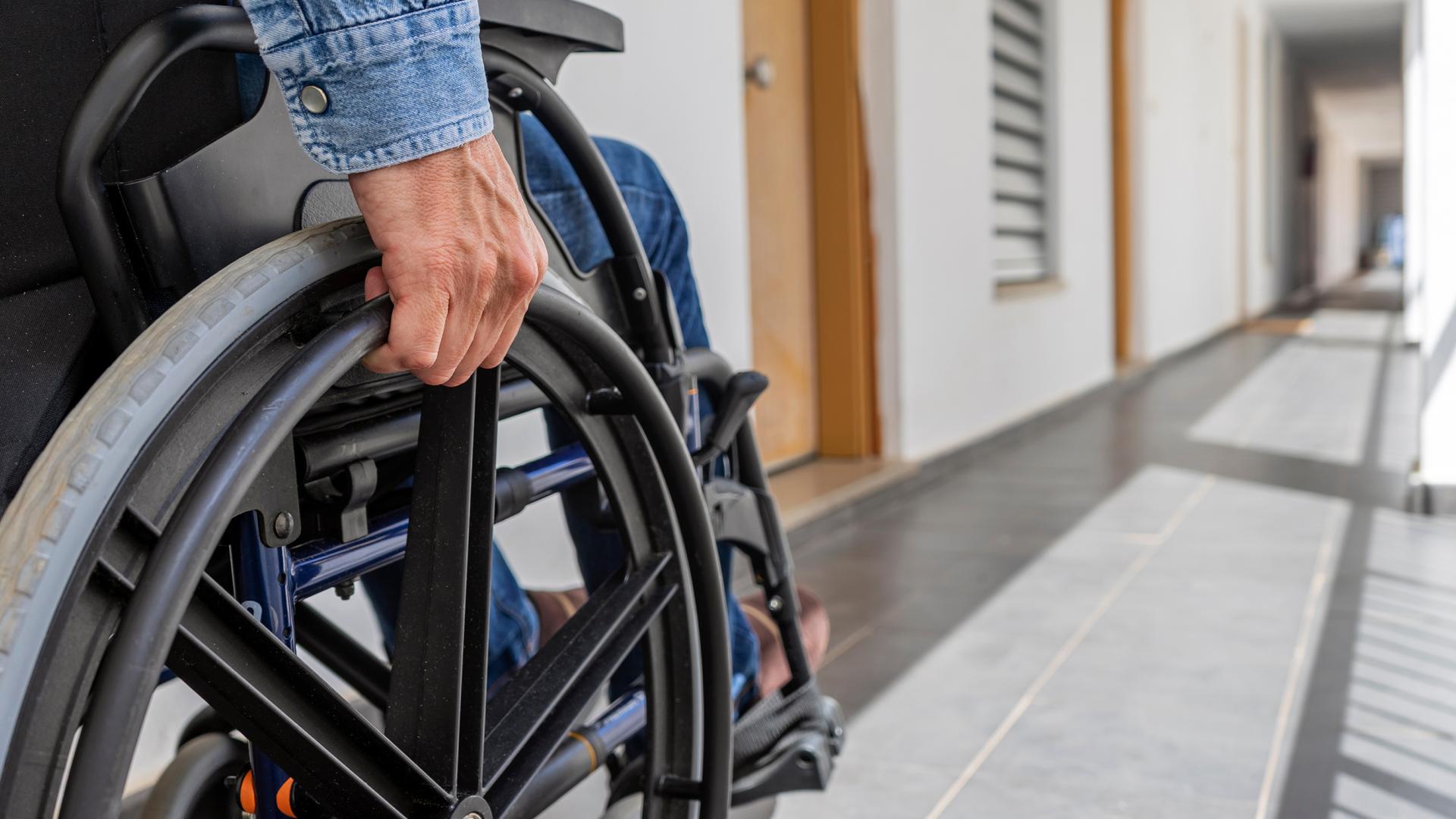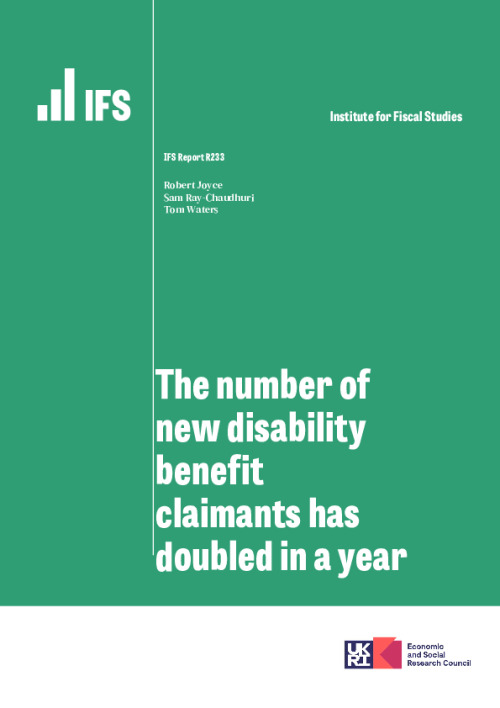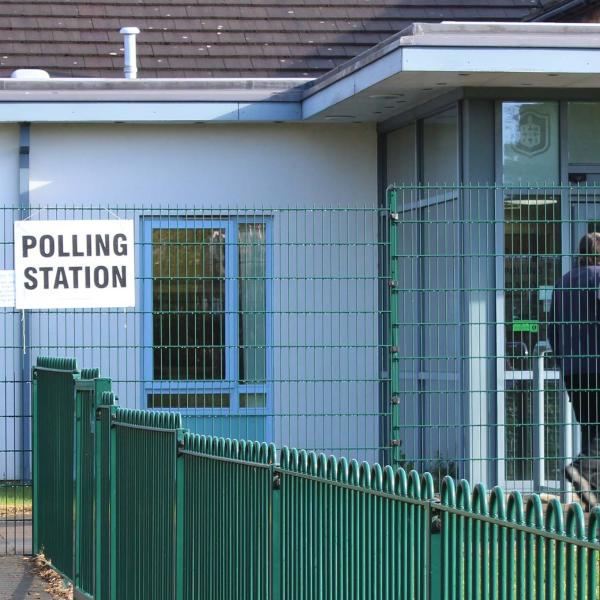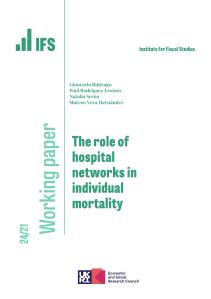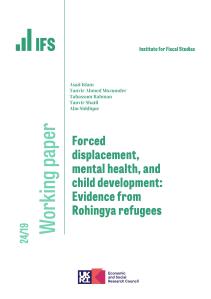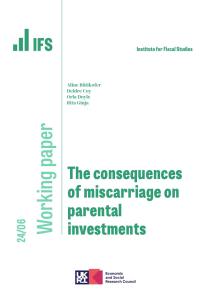Personal Independence Payment (PIP) is a disability benefit that aims to support individuals facing higher living costs due to difficulties in mobility or carrying out everyday tasks. In summer 2021, each month 15,000 or so working-age people started a PIP claim. That monthly figure had remained little changed for years. It then steadily increased, such that by July 2022 (the latest data) it had doubled to 30,000. This report investigates the increase.
Key findings
- The increase in claims has been seen across ages and conditions. Essentially all ages have seen their claim rate roughly double, although for teenagers it has tripled. Claims for most major conditions also increased by a similar amount.
- Around a third of the new claims are for mental or behavioural conditions, although among claimants under 25 that figure rises to 70%. The share of claims for mental illnesses, has – like other conditions – changed remarkably little during the rapid rise.
- Rising applications to disability benefits has led to a backlog of around 250,000 people waiting for their claim to be assessed. So far this does not appear to have affected waiting times, though they remain long at 18 weeks on average.
- The success rate (the proportion of applications that are awarded PIP) has stayed roughly the same since 2016 at around 40%. This is consistent with the assessment system remaining roughly the same in terms of its “strictness”, and the ill health of applicants remaining at similar severity, with the spike in new PIP awards simply driven by more people in ill health and making claims.
- Consistent with that interpretation, survey data on the working-age population as a whole show that health has been getting worse, with 9.6% (4.0 million) now reporting that their health limits their daily activities “a lot”, up from 8.5% (3.5 million) at the start of 2021. Here too we see an increase across all major types of condition. There has also been a significant rise in the number of (non-COVID) working-age deaths from late 2021 through 2022, compared to pre-pandemic years.
